Outsourcing vs insourcing
Are in-house apps always better than outsourced apps? No. Jamn, the musician’s multi-tool, selected as one of Apple’s Best of 2013 Apps in Europe and the Americas, was an outsourcing success at Oursky. In this post, we will share how we built this award-winning app using an MVP, fast iterations and proactive engagement with our client, MiQ Limited.
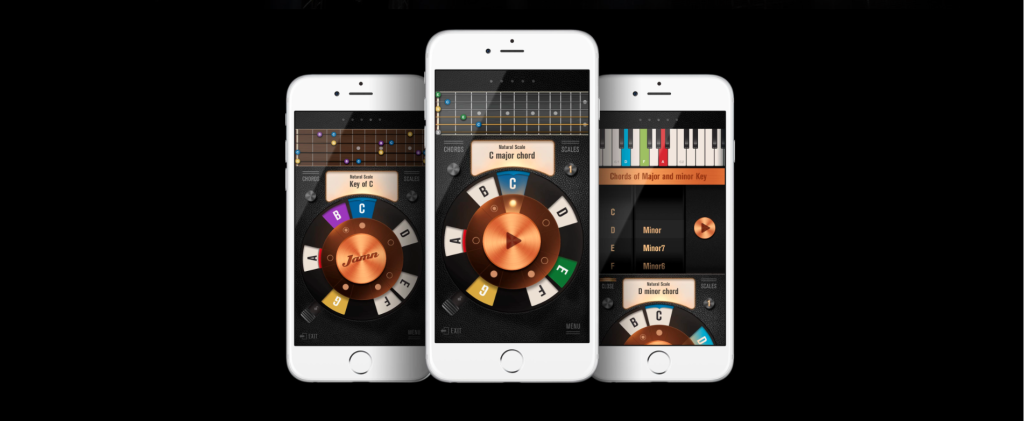
It all began with some sheets of paper: an MVP
What exactly is an MVP? MVP stands for ‘minimal-viable-product’, which is something that helps the creator learn more about their target audience, without spending too much time and money.
Usually a client comes to us with an idea. In this case our client, MiQ Limited, not only had an idea, but a tested paper prototype with some potential users. MiQ Limited wanted to develop a digital tool to help musicians and songwriters to learn and discover chords in a song.
At first, MiQ Limited wanted us to build a product supporting multiple instruments. We could have just built their original request in a few months. Instead, we discussed the core value of Jamn with them. Afterwards, we consolidated the features that were closely tied to their desired core value. And then we built a wireframe based on the list of features, and demonstrated the interface to MiQ Limited to ensure it fitted their original idea. We didn’t want our client to waste money and time on something people wouldn’t use.
As a result, Jamn’s first MVP was just a music wheel for the guitar. We wanted to test whether the target audience understood the music wheel. The users responded positively to how simple it was to find chords for a song on the interface. Based on the user feedback, we went on to introduce more instruments such as the piano and ukulele.
We went through multiple iterations and three versions over 9 months, one step at a time. Within a week of launching, we had 1 million downloads, and by the end of the month, Jamn Multi-tool had 3 million downloads.
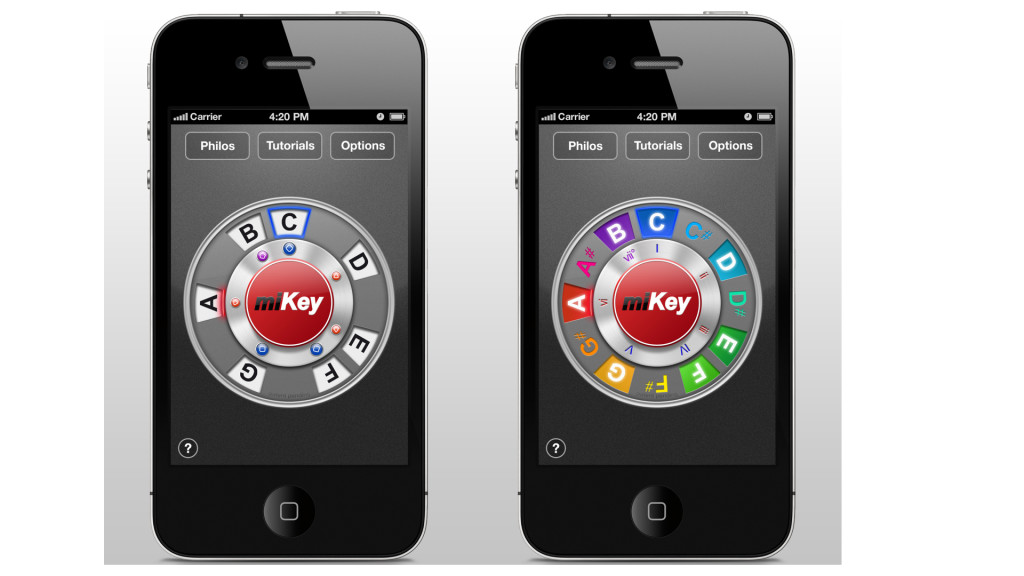
The journey: long and fast
During our 9-month development period for MiQ Limited, we had over twenty iterations. We made assumptions, tested them quickly with user feedback, kept what worked, and tossed what didn’t. We wanted to build the right product, piece by piece.
For example, we introduced scales for styles of music, such as jazz, blues, Japanese, and pentatonic based on surveys and user interviews that MiQ Limited conducted. They discussed their findings with our product manager and designer to decide on the next set of changes to work on for a set period. The project team then had internal meetings to prioritize the features and put them into production using two-week sprints.
We operate on the ‘fail fast, learn fast’ principle. This is a systematic route that refines the product for our clients to ultimately achieve a product-market fit. By the time we released it, we had hard, solid data from our target users.
Involving our clients
You’ve heard the word before: trust. It’s nothing new. But rather than just give you some ‘frameworks’ we’ll show you how we built it with MiQ Limited.
It began when they came to us with their vision. It is our job to not only try to realize that vision and take the fees, but to understand their underlying goal. We went the extra mile to help them realize what they try to pursue with this app. In this conversation, it is possible that the product doesn’t match the client’s vision. This crucial exchange, which is often different from what potential clients expect, tells us whether we’re a good fit for the client, and also whether they want to work with us.
Once we’ve shaken hands, it is our job not only to build the product, but to educate our client along the way. We not only submit reports for the sake of it, but to involve them in key decision making factors. Our clients learn about our MVP, lean methodologies and rapid prototyping, and buy in. In the case of MiQ Limited, they were in a good position to test their target users, provided that they were actively working with us to supply user data for us to refine the product.
Of course, there are the business aspects such as setting expectations, providing accurate estimations for production time, and working out a package that a client is comfortable with, and realistic for us to build a quality product. Usually, we schedule a Skype meeting with our client every 2-3 days for design-related activities. This ensures we get their feedback on different design iterations. Going into development stage, we will schedule a meeting every week in order to keep clients posted with the latest updates of the project.
For product development, a man-day based contract is always superior to fixed scope project, so that changes between iterations can be easier. In addition, both sides can decide the priorities between speed, quality of code and fixing technical debt. This becomes important for future handing off.
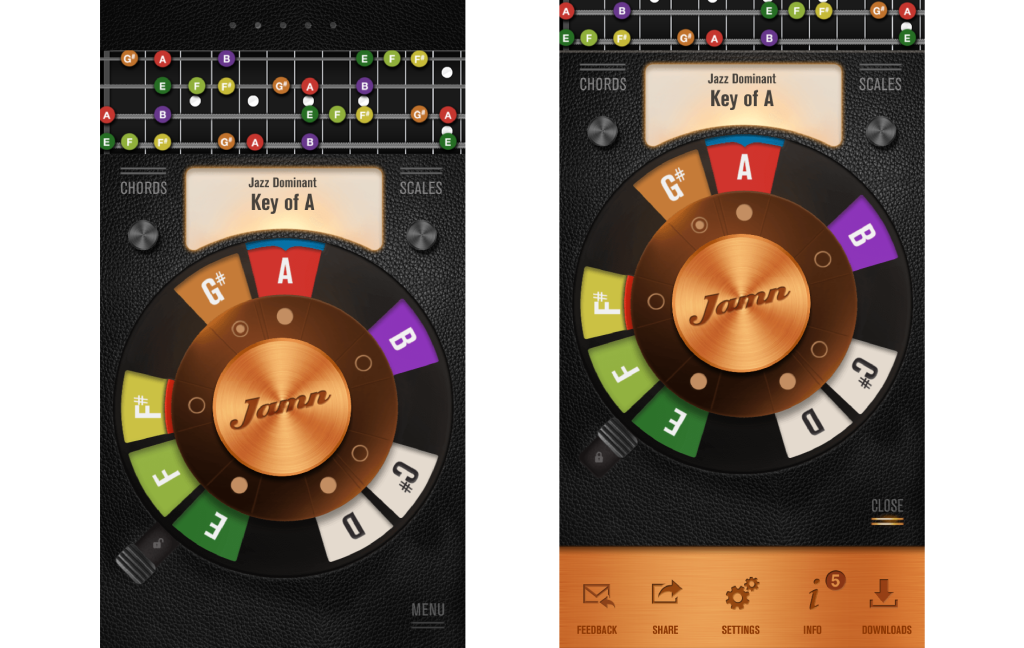
The best continues to impress, with or without us
After we finished our work with MiQ Limited, we provided all the source code and ownership to them to modify as they liked. Nothing makes us happier than to see happy musicians like Mishka, Nick Saxon, and Australia’s rock band Benjalu use it.
The key to an award-winning product isn’t technical things such as in-house or not. It’s having a team of passionate and experienced designers, developers and project managers who take ownership of the products they build. That’s us. We love to build useful products beautifully, and that’s why you’ll find at the bottom of our free product pages ‘Made with love by Oursky’! Best of all, when we work with great clients, we learn a lot too! Hats off to MiQ Limited and Hong Kong’s best branding agency, Stepworks!
If you find this post interesting, subscribe below to get notified about our future posts!

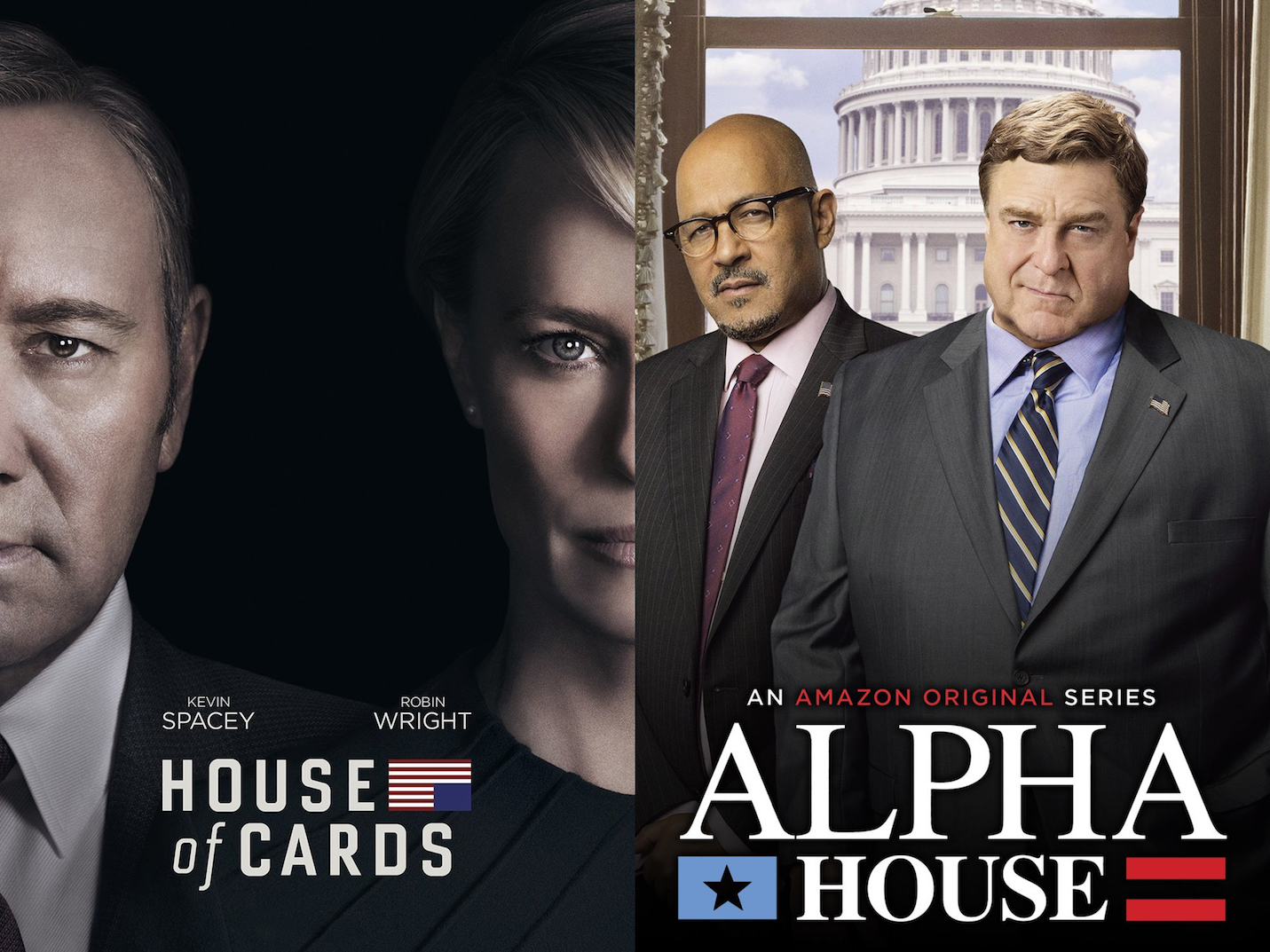
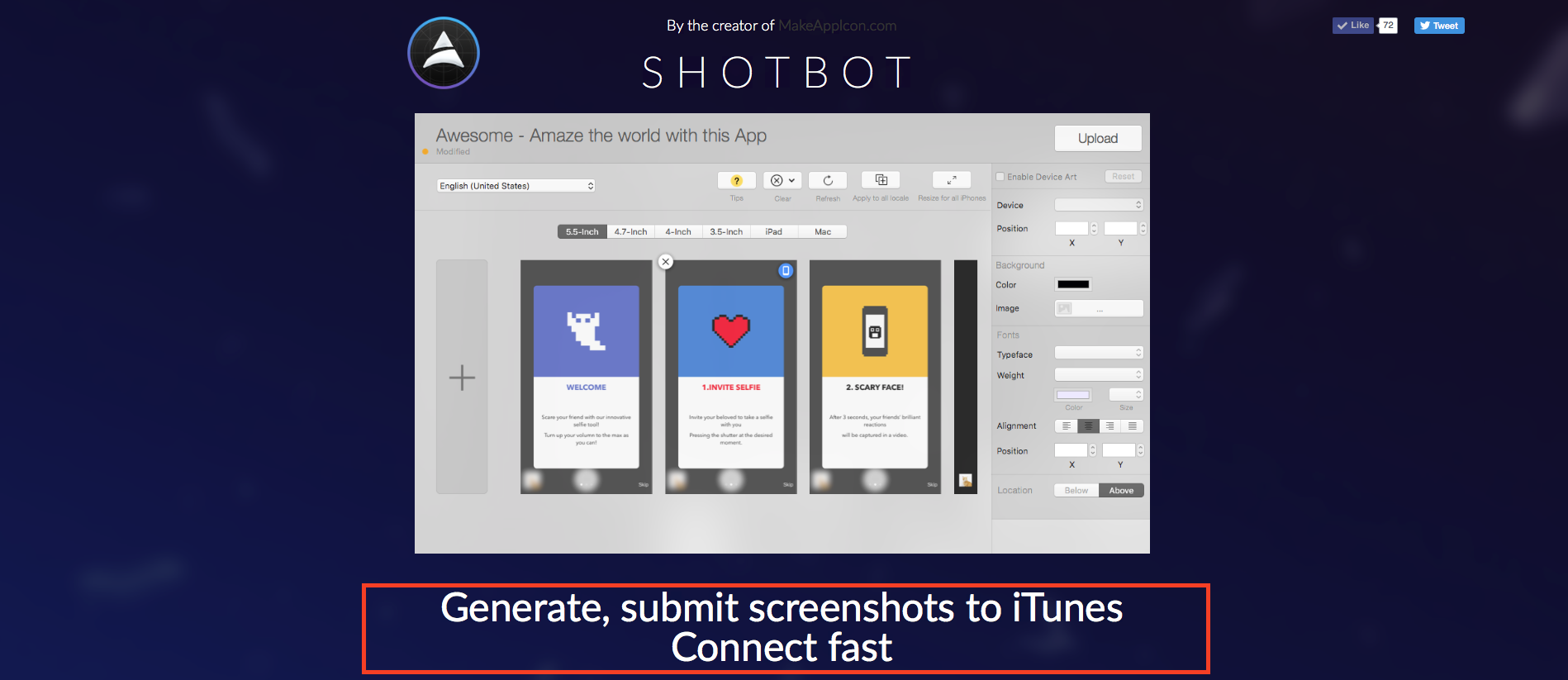

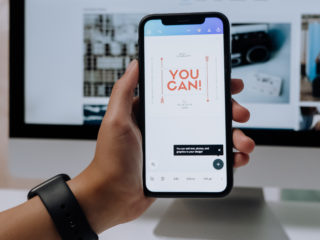


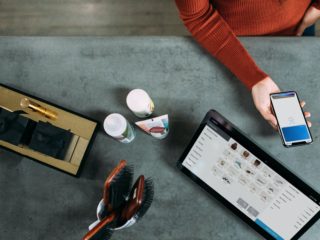


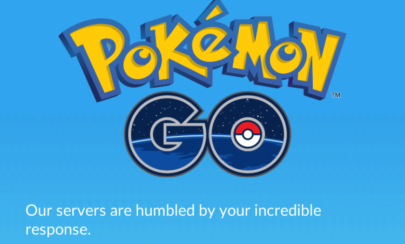
1 comment
To Jance C: If you like this story, check out my music app from 2016. Built while I was recovering from brain cancer and had no coding experience. wwww.iphonebeats.us